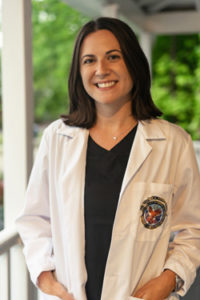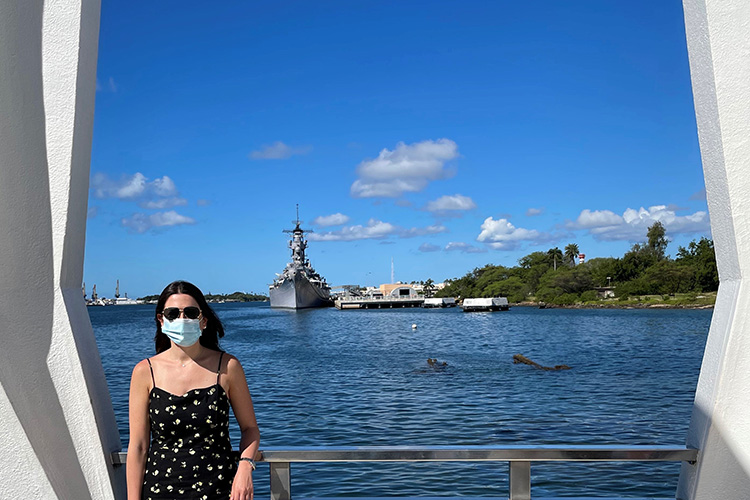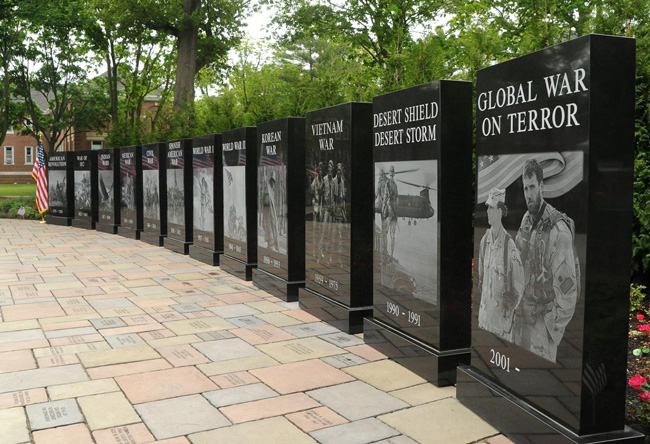

Most of my continuing education activities relate to optometry, no surprise there! Attending courses and reading optometric journals in my spare time are the norm. As a Department of Veterans Affairs (VA) optometrist in Northport, New York, for nearly two years now, I am also held to institutional standards of practicing the VA core values: integrity, commitment, advocacy, respect and excellence. In addition, I try to practice at a high level of veteran cultural competency. Veterans often face reintegration challenges and the VA Medical Center should be a place they feel safe, comfortable, and understood. Having knowledge and understanding of U.S. military conflicts and the corresponding experiences helps to close the divide between civilian healthcare providers and veteran patients. I recently set a personal goal for myself to improve in this area to improve my patient connection and care.
I began this pledge on my first traveling experience since the pandemic restrictions to Honolulu, Hawaii. I was fortunate enough to visit the Pearl Harbor Memorial, Schofield Barracks Military Base, and the U.S. Army Museum of Hawaii.


I then extended this pledge to my optometry clinic. I offered to lead a group tour of the VA campus, discussing the history and special programs offered to veterans to give our residents and student interns a glimpse at the bigger picture of care and services available. Our tour included a visit to the campus monuments and discussion of their dedications. This included the Wall of Wars, which honors the troops serving in each of the historic U.S. military conflicts.


To conclude the program, veteran volunteers spoke with us about their first visit to the VA hospital upon returning from the service. They shared what having VA hospital’s support means to veteran patients and offered recommendations for working with this patient population.
It is easy to get stuck in the sphere of optometry and overlook factors beyond medical and ocular health conditions that can impact a patient’s physical and psychological well-being. This is especially true for the veteran population. Learning about the history of U.S. military conflicts, the VA hospital history and veteran experiences helps us to ask the right questions and provide the right support. I hope to continue working toward this goal alongside my clinic by coming up with new and creative ways to improve our patient relationships and ultimately the care for our brave veterans.



